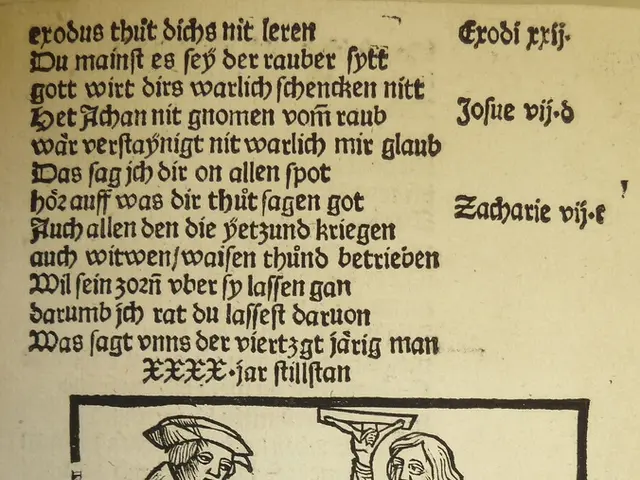Researchers Delve into the Unexpected Aromas of Ancient Egyptian Mummies: Sugary, Spicy, and Pleasant
Curious about an unexpected topic? What do Egyptian mummies actually smell like?
This intriguing question has never crossed many minds, but scientists have finally provided an answer! An international research team recently published their findings in the Journal of the American Chemical Society, shedding new light on ancient Egyptian mummification processes.
Matija Strlič, a chemist at University College London (UCL) and lead author of the study, explained the unique approach. "Until now, no combined chemical and perceptual scientific study has been conducted on the smell of mummified bodies," he shared in a university statement. The groundbreaking research promises significant advancements in conservation efforts and a deeper understanding of the Egyptian embalming materials.
To explore the invisible world of aromas, Strlič and his team utilized both scientific methods and human "sniffers." They employed gas chromatography, mass spectrometry, and professional human noses to analyze the chemical molecules emitted by nine mummies in Cairo's Egyptian Museum.
The results revealed a harmonious blend of woody, spicy, and sweet aromas. This pine-tree, incense-like scent may not be surprising given that myrrh, frankincense, and tree resins were common in the mummification process. Scientists connected this olfactory heritage to the ancient Egyptians' beliefs: pleasant odors symbolizing divinity and purity, while bad smells associated with decay and corruption.
Cecilia Bembibre, a heritage scientist from UCL, described the findings as enriching the understanding of the past. "New information has been revealed by the smells," she noted.

This innovative technique may inspire museums to invite visitors to engage with smellscapes. The team even plans to recreate the ancient scent of mummies, aiming to share this unconventional approach to exploring the mysteries of Egyptian mummies.
So, odor-lovers, the next time you're studying something, take a whiff!
Enrichment Data
- The "woody aroma" is present in 78% of samples, indicating the presence of specific compounds that give off a woody scent.
- Approximately 67% of samples have a "spicy smell," attributed to the presence of certain chemical compounds.
- About 56% of samples retain a "sweet smell," potentially due to the presence of compounds like nonanal, which has a scent similar to wax and orange peel.
- The scientists connected the olfactory heritage of the mummies to the ancient Egyptians' beliefs, as they believed pleasant odors symbolized divinity and purity, while bad smells associated with decay and corruption.
- Strlic'_s team also discovered that approximately 78% of the samples had a woody aroma, which was likely due to the presence of specific compounds used during the mummification process.
- The innovative technique used by the researchers could potentially be applied in other fields of science, such as technology, to develop new methods for analyzing and preserving fragile materials.
- In the future, museums might consider incorporating smellscapes into their exhibits, allowing visitors to engage with historical artifacts on a deeper sensory level, thanks to advancements in chromatography and other scientific techniques.









